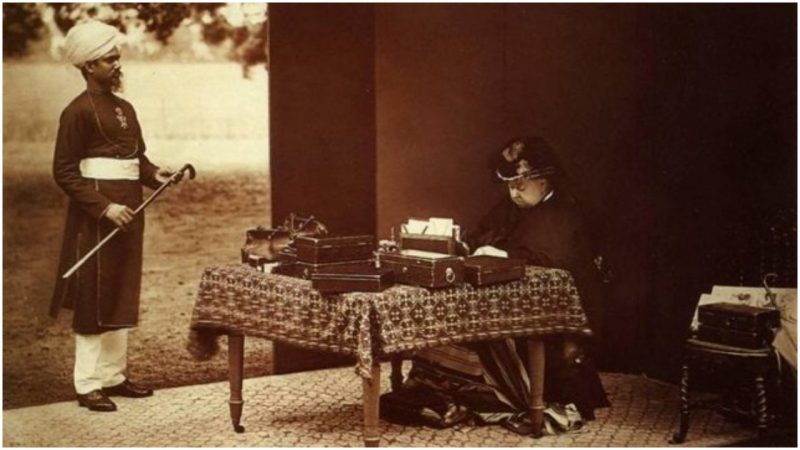Abdul Karim was Queen Victoria’s servant who gave her daily lessons in Urdu, advised her on Indian affairs, and introduced the queen to curry. They had a very close, platonic relationship with Karim being involved in all personal and royal matters of the queen. While he was Victoria’s beloved munshi, meaning teacher or clerk in Urdu, Karim was, for some, the most despised member of the royal court.
The royals couldn’t accept such close affection between the Queen of Great Britain and an Indian servant. It was wrong on any level, but it seems like Victoria didn’t care much about it, and enjoyed Karim’s company as much as she could. She treated him as her teacher, friend, and political advisor, meaning, she needed him around all the time.
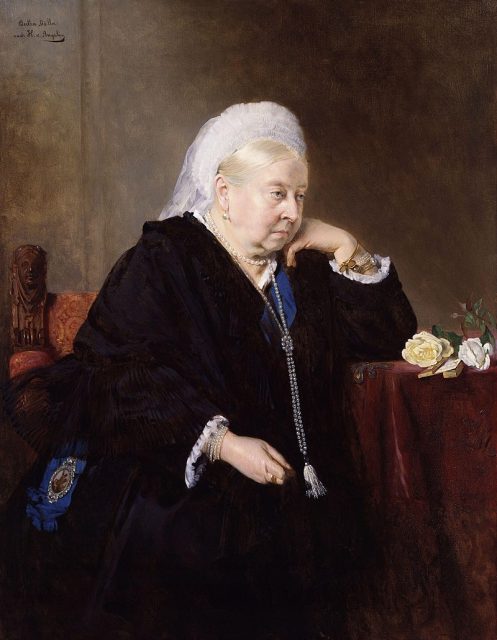
When the queen died in 1901, her son and successor King Edward VII ordered Karim to return to India immediately while his sister, Princess Beatrice, took care of all correspondence and written accounts between Karim and the queen, to be burned.
The eradication of Karim by the royal family was so thorough that for 100 years he was buried in history — until a curious historian and journalist, Shrabani Basu, noticed a strange clue in Queen Victoria’s summer house. In the late 1990s, Basu was researching the history of curry for her new book when she came across a painting of Karim.
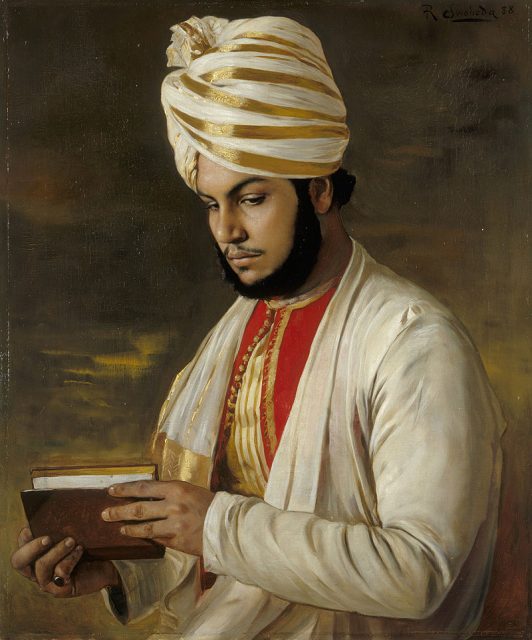
The Indian servant, painted “beautifully, in red and gold,” with a book in his hand, sparked Basu’s interest and she started an investigation about Karim. Basu’s work resulted in a book Victoria and Abdul, published in 2010, and a movie of the same name directed by Stephen Frears in 2017.
Mohammed Abdul Karim, from Agra in the northern state of Uttar Pradesh, India, arrived at Windsor Castle in June 1887 as a “gift from India,” intended to help the queen address the Indian princess at her banquet. Queen Victoria, the Empress of India, was 68 at the time and soon grew very fond of her new servant.
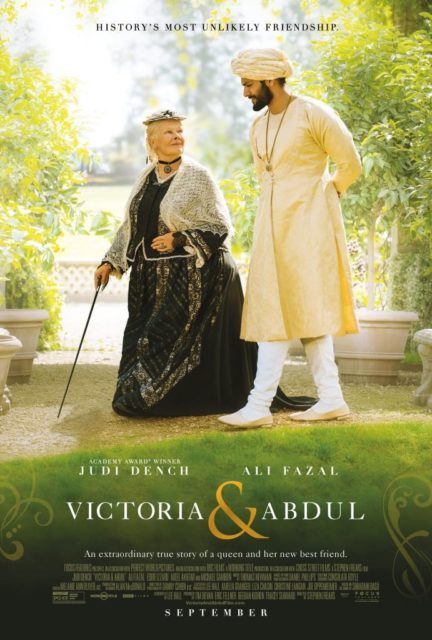
According to Basu’s book, Karim was the son of a hospital assistant who hired a Maulvi, a Muslim scholar to tutor his son. Karim learned Urdu and Persian under the tutelage of his Maulvi. He started working as a clerk for Agra’s jail, where he got handpicked to serve the Empress of India, Queen Victoria.
At the beginning Karim served the Queen’s breakfast, but quickly became her most trusted confidant. After their first encounter, Victoria referred her new servant in her diary: “The other, much younger … with a fine serious countenance. His father is a native doctor at Agra. They both kissed my feet.”
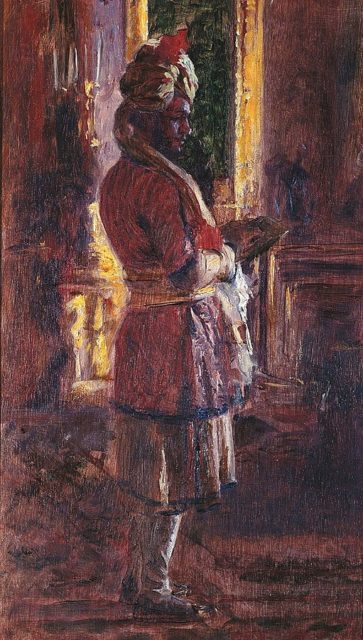
Just a month later the Queen remarked in her diary that she started learning words in Hindustani so that she could speak to her servants in their language. She also wrote that learning more about the Indian people, language, and culture was of great interest to her. By the end of August 1887, she started referring to Karim as “Munshi” in her diary.
Through his stories, Karim offered Queen Victoria a whole new world that she never had the chance to experience personally, and with his intelligence and knowledge of Indian culture and politics, Karim was in a position to advise his Queen on foreign affairs.
Queen Victoria: The greatest quotes
The two had a strong platonic relationship filled with philosophical, political, and practical conversations in which they both engaged with full minds and hearts. In return for Karim’s friendship and trust, the Queen showered him with gifts, honors, and titles, provoking more resentment among the royal family.
First, Karim progressed in the royal household, and very soon he was in charge of all the other Indian servants. Victoria helped Karim’s father to obtain his pension, Karim’s wife and mother-in-law to stay for some time in Britain, and Karim’s relatives in India to gain promotion. She even visited Karim twice a day while he was recuperating after some surgery.
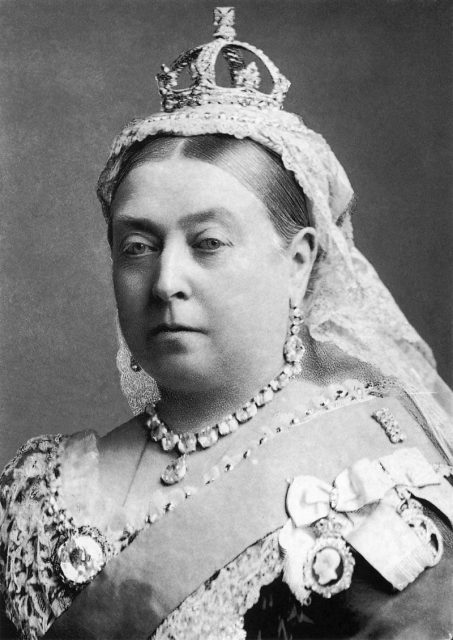
Karim was Victoria’s companion when she was meeting notable royals such as Maria Feodorovna, the Russian Empress. He also accompanied the queen to an event hosted by her son, Albert Edward, the future King Edward VII, at his home in Sandringham. Karim was treated as an ordinary servant of the lowliest status. Although he retreated early from the party that evening, Victoria was angered and blamed everyone for race hatred towards her “dear good Munshi” who deserved nothing but respect.
Victoria trusted everything that Karim told her and tolerated any compliant. In June 1889, Karim’s brother-in-law was invited to stay at Windsor. Later, he was caught selling one of the queen’s brooches to a local jeweler.
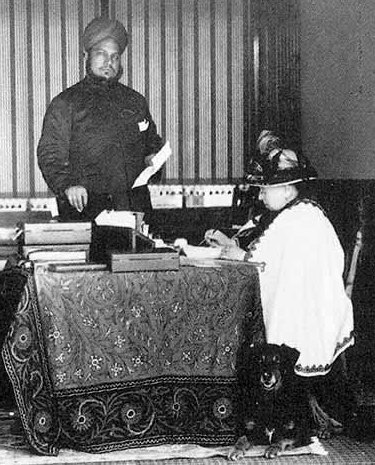
Karim’s explanation was that according to the Indian customs whoever finds a possession is bound to keep it and that his relative didn’t steal but found the brooch. Although it was clear to everyone else that the brooch was stolen, Victoria trusted Karim’s story.
The friendship between monarch and servant prompted serious argument in the royal household. Lacking arguments against Karim, at some point the royal family alleged that the servant was a spy for the Muslim Patriotic League.

Queen Victoria dismissed such claims just as she dismissed that Karim’s relative was a thief. She claimed that it was all provoked by jealousy or “race prejudice.” She protected her beloved servant until her last breath. Fearing that he wouldn’t get fair treatment after her death, Victoria secured property for him near his home city of Agra.
After Queen Victoria’s death in 1901, her children worked hastily to evict Karim. Without fanfare or farewell, Karim was escorted by the royal guards and returned to India immediately, while all the letters written to him by Queen Victoria were burned. He spent his last years in Agra and died in 1909, at the age of 46. All that was left were the memories and stories preserved by his children.
Thanks to Shrabani Basu, the memories of one very peculiar friendship were revived from the dark corners of history.
